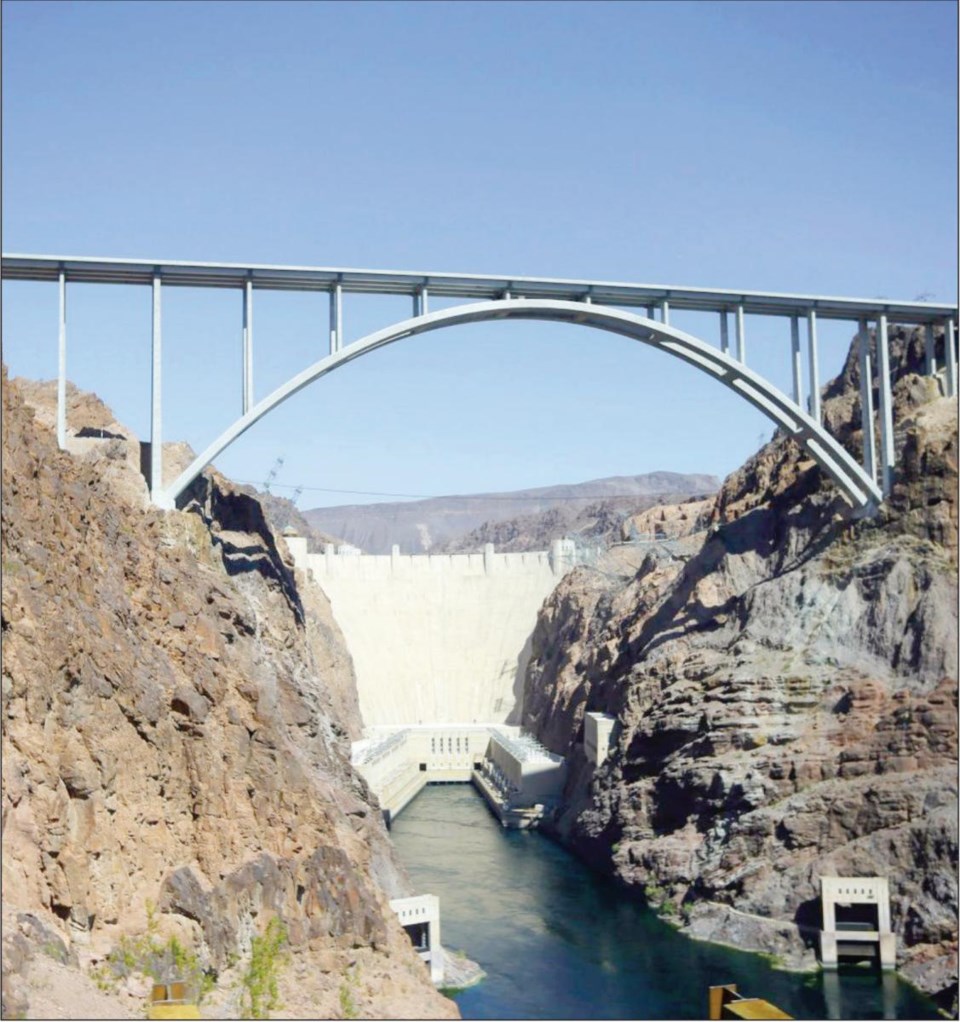The images of Las
Vegas are familiar: gambling, ostentatious theme hotels, gambling, shows, the Strip ... and gambling.
All are legitimate lures to the city, which gets its name from the Spanish for "The Meadows," but is better known as Sin City or by its now-famous tagline, "What happens in Vegas, stays in Vegas."
But when we visited friends who moved there from the East, they recommended leaving Vegas for some regional sightseeing. So, on our first morning there, we awoke to see the sunrise, packed a lunch and got an early start to Zion National Park, about 260 kilometres away. Zion's big brother, the Grand Canyon, is about another 160 km from there.
Zion, officially made a national park in 1919, is in Utah, but with Las Vegas sitting in the southeast corner of Nevada, it is easily reached by going through a bit of neighbouring Arizona.
The drive northeast took us past the Las Vegas Motor Speedway and in the neighbourhood of the sprawling Nellis Air Force Base, all through some of America's most stunning scenery.
The distances went by quickly as we gaped through the car windows at commanding rock formations and canyons, arid brush valleys.
The entrance fee to the park - good for a week - is $25 per car (and passengers), $12 for a motorcycle and $12 per person. (Check for free days, like National Public Lands Day, and annual passes; plus, April through October, you can take a free shuttle bus.)
We saw Court of the Patriarchs, with a view of rock formations named Abraham, Isaac and Jacob peaks, rising up about 2,133 metres. (They were so named by Mormons, who discovered the canyon in 1858 and settled there.)
We had a picnic at The Gorge and marvelled at the red sandstone walls, created by millions of years of sedimentation and uplift, towering majestically on both sides of the Virgin River stream running through the canyon. There, we caught our first glimpse of wildlife, young deer grazing near the water.
We alighted again at the Temple of Sinawava, named for the coyote god of the Paiute Indians. Here, Zion Canyon narrows and we walked the paved foot-trail about 1,500 metres to the mouth of the gorge, sharing the way with numerous squirrels who seemed oblivious to the two-footed invaders.
We gloried in more of the stunning sights on the ride back and returned to Vegas well in time for dinner and to make our donations to the ubiquitous slot machines.
Hoover Dam was next on our hosts' itinerary. Just about 50 km southeast of Las Vegas, in the Black Canyon of the Colorado River, this concrete dam was completed in 1935 and formed Lake Mead, the largest man-made lake and reservoir in the United States. (The second largest is nearby Lake Powell, a reservoir on the Colorado River. Most of it, including the Rainbow Bridge, is in Utah, though it straddles the border between Utah and Arizona.)
Traffic is not allowed across the Hoover Dam, but, after parking, we climbed up the stairs to the Mike Callahan-Pat Tillman Memorial arch bridge for a spectacular view of the dam and the surrounding area. The bridge is in Nevada on one side and Arizona on the other.
An outing for another day of our visit was Mount Charleston, in the Spring Mountains and Toiyabe National Forest, northwest of Las Vegas. The highest point in the area at nearly 3,660 metres, it is a popular getaway spot for Las Vegans who want to escape heat in summer.



